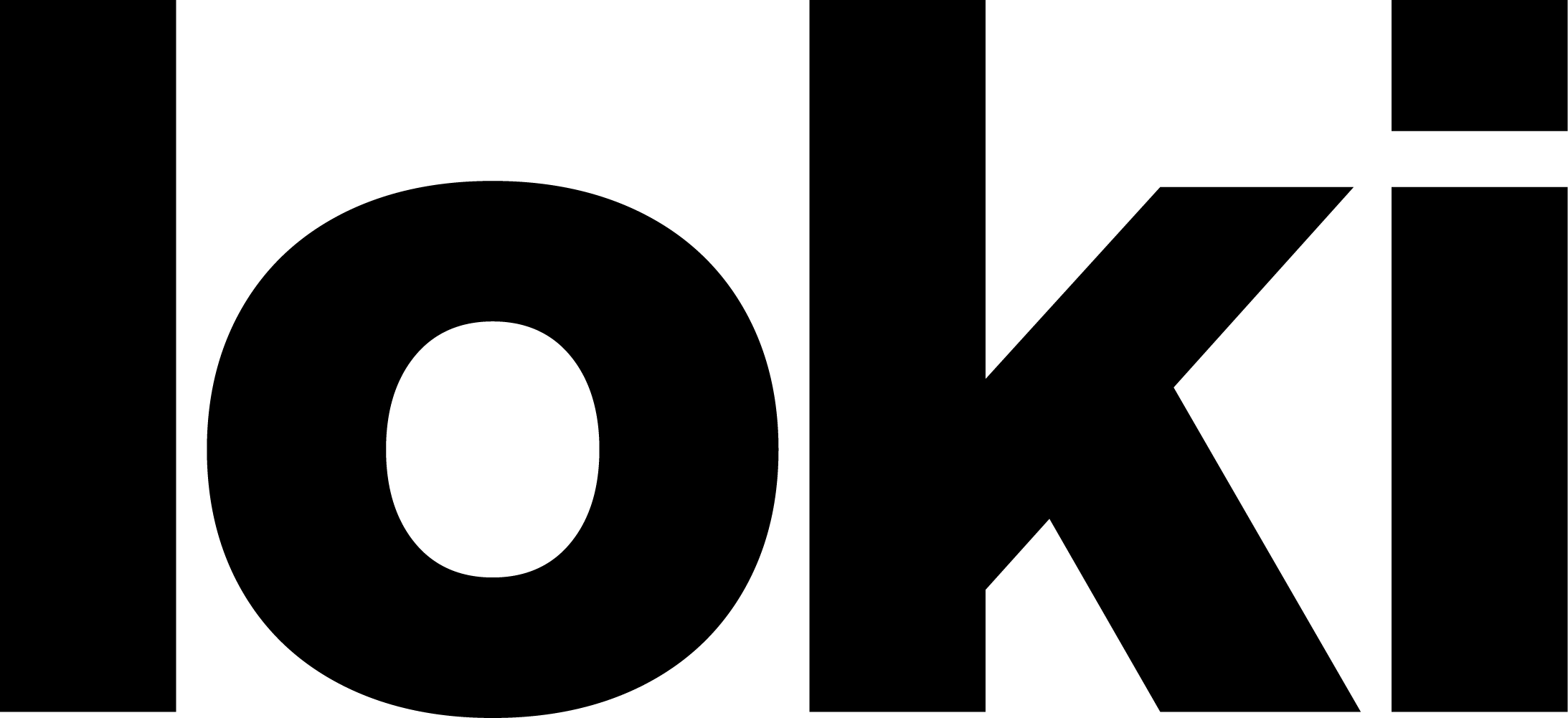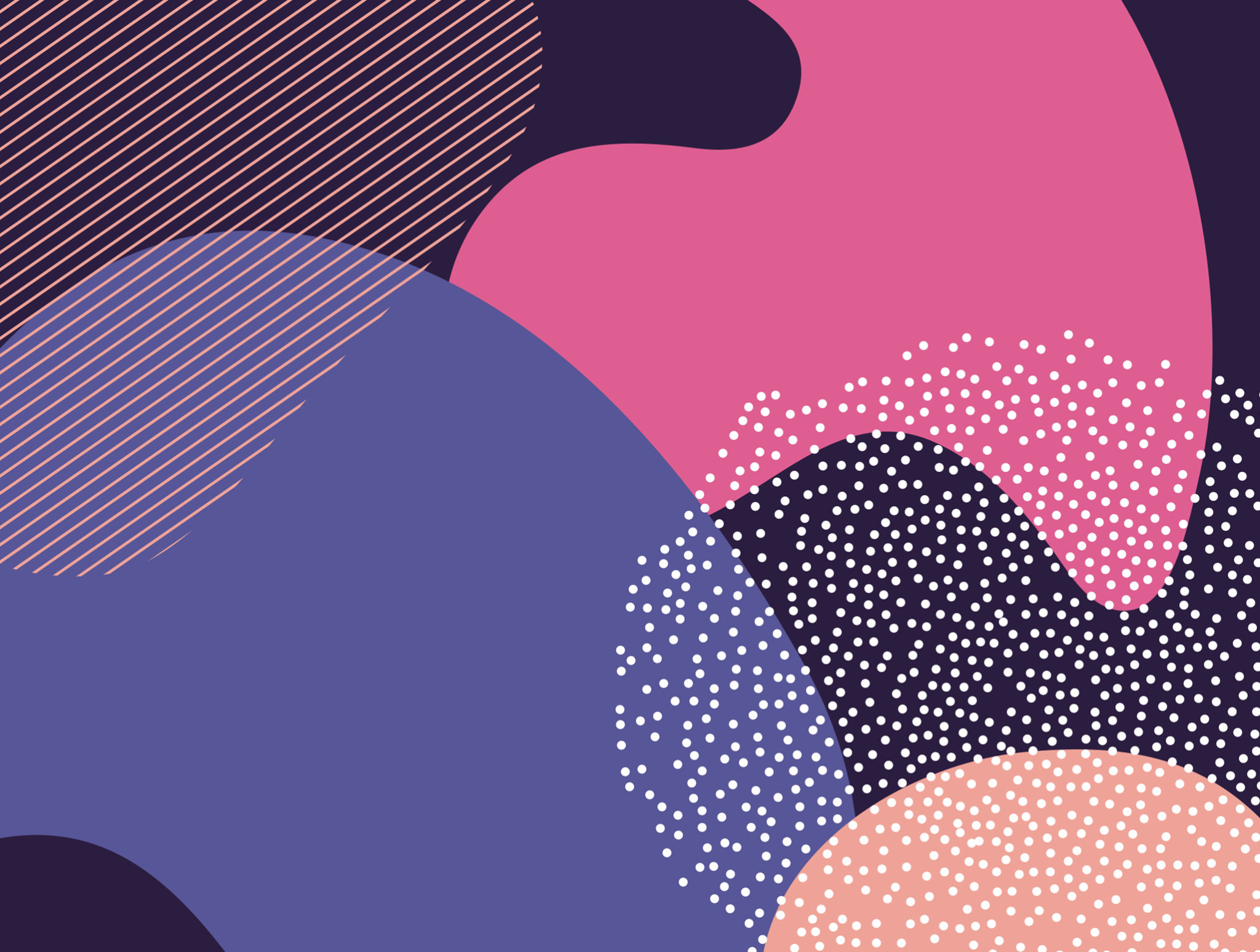2018 was a pretty exciting year for brand identity design. We saw a lot of brand refreshes that pushed boundaries and thought way outside the box. Creative studios are fighting to break free from commercial advertising visuals and taking risks with bigger ideas when executing creative. A new empowerment is developing that shows that even commercial and corporate branding can be exceptionally artistic and creative. Here are our emerging brand identity trends for 2019 and beyond.
Custom Type
There’s a book called ‘Never Use Futura‘ it pokes fun at the conversation about bad/ good typefaces and when they should be implemented or not used at all. The overuse of a great font isn’t just annoying, it can make the font less useful and less valuable for designers. Well, apparently, people listened. Last year, a lot of the big brands invested in creating their own typefaces. Squarespace, Netflix, Uber, and AirBnb each took the plunge. Check out AirBnb’s new typeface cereal that’s minimal but also joyfully playful. While creating your own typeface can have a large upfront cost, it will actually save a lot of $$$ every year on font licensing. Plus, type is an essential building block for creating meaningful connections for your brand, so you get what you pay for.

Bold Colors, Bolder Gradients
Rich colour combinations have been on trend for a while now – but expect these transitions to only get more dreamy, vivid, bolder and futuristic. It seems tech companies are getting more and more comfortable with embracing something vibrant, as seen here when Dropbox blew the lid of its blue and white identity with a bright and bold refresh. In 2018, we saw a rise in the use of gradients in website design and UI design which we wrote about last year in our Website Design Trends 2018 . We expect we will see an increase of this technique in brand identity trends over the next couple of years.


Custom Made Illustrations.
Custom made illustrations can convert seven times better than any stock photography according to recent statistics. A custom and unique illustration with bold colours that is aligned with a businesses core values and positioning statement will definitely make a business stand out from its competitors. Check out our branding for Vancouver’s North Shore Craft Beer Week


Open compositions: Ditch the frames
Us designers tend to put frames (invisible and actual frames!) on everything to achieve the feeling of a completed design. It feels right. Recently, there has been a shift for wide open, airy, uncluttered designs which seem to show only a glimpse of the whole picture. An open composition often taps into the customers imagination, making them think a little more and wonder what else is there. It’s the unknown that draws people’s attention.

Authenticity
So, what exactly does ‘authenticity’ mean in the context of branding and identity design? Long story short: It means being yourself and being honest about who you are. When we are having a conversation with our partners about the potential of new branding projects we find that a common question is asked: ‘How can we be different if we’re using the same fonts or stock photography as a hundred other brands?’ In response, we always suggest a brand workshop, questionnaires, survey and desk research to find out the truth about who you are. Then we look at creating custom brand elements and guidelines that resonate and tell the story of that truth and how you should be yourself.
Extreme Minimalism
We’re a big fans of simplistic design here at Loki, especially in logo design. Reducing all the behind the scenes elements in an organisation to one simple, minimal logo is key to a successful logo (and hard to do!) Minimalism took a firm hold of digital design recently, in part thanks to its practical benefits on reducing loading times and improving visuals on mobile screens. And this has translated to logo & brand identity design. We’ve seen a lot of fashion brands and tech brand refreshing their look by removing any extra elements in their logo and focusing on type only, with the vast majority going for a grotesque sans serif. We love this stripped back rebrand of the US Open.


Softer Geometrics
As always, abstract geometry and shapes play a big part in visual language systems that support branding. These “mathematical” shapes and imagery are ideal for recreating that futuristic, sci-fi look that’s popular on digital devices. However, the style’s innate drawback is that it can come across as cold or oppressive. Designers are softening its appearance with warm / bright colour palettes and the addition of curves to bring balance to logo compositions.


Fun & Lively
A fun & lively design is an antidote for the negativity in the world, and brands are showing that they are not scared to do things a differently and shake things up. This approach, often done with illustrations, is not only meant to be attractive, but also to convey a feeling of positiveness, trust and comfort that bridges the gap between customers and a memorable experience. One beautiful rebrand that never saw the light of day was Toys ‘R’ Us. They shut down last March as they just couldn’t keep up with the online revolution. A very good example of how a business will struggle if you’re not agile and quick to embrace change.

3D!
We’re seeing A LOT of three dimensional designs in brand identity systems over the last few months, it’s only going to get more common – you can’t help but reach out to this almost touchable brand identity trend. 3D typography especially feels just about ready to pop. The best part about it is there’s no particular type that works best for this trend: bold, skinny, sans-serif, script, any font can be rendered in 3D. Beyond typography, we’re seeing a lot of gorgeously rendered 3D compositions that give the impression of being still-lives from distant planets.

Asymmetrical brand elements
We’ve started to see brand identity trends slowly move away from the grid-based standard which has been common over the years. Let’s break free from the rules and certainty of the grid! Doing this will deliver more of a lively spirit and energy flow. An asymmetrical brand element or layout on print materials or digital landscape will capture the users attention and evoke curiosity about where the information and graphics might go next, creating an excitement and wonder as they scroll through the design or touch the product.




